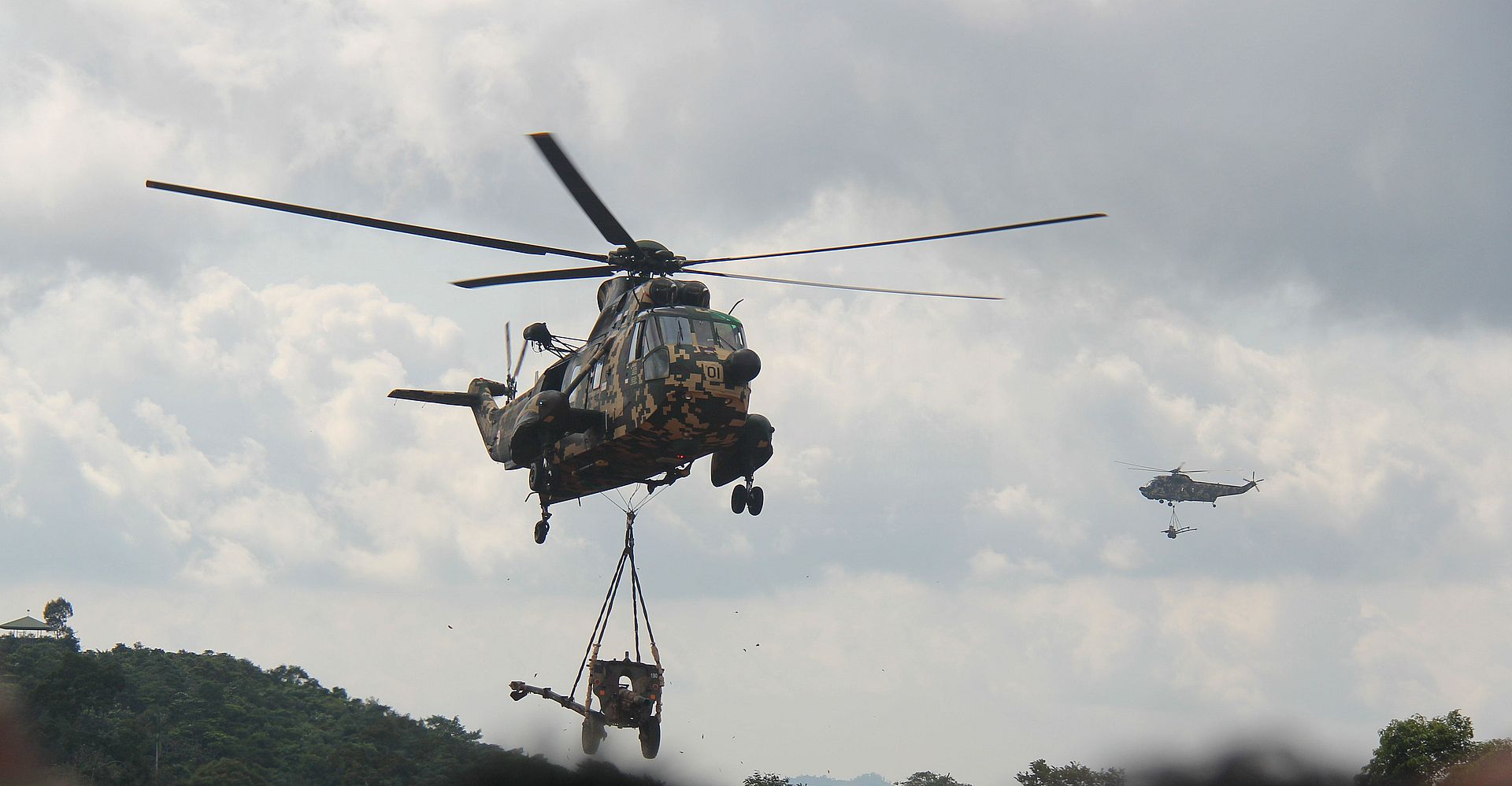
SHAH ALAM: RMAF and RMN, last week on their official Twitter page, blasted graphics separately announcing their gratitude to the government for providing an extra allocation to the Armed Forces 2017 budget. The extra allocation for the military based on the graphics is RM817.60 million.
This means the budget for defence for 2017 is actually RM15.819 billion, compared to the RM15.05 billion announced in October, last year. Note that extra allocation are normal, the government provides for such every year.

Based on the graphics, we know RMAF is getting half of the extra allocation with RM450 million while RMN is only getting RM218 million. The Army did not come out with a graphic but based on the sums for RMAF and RMN, it should be getting RM149.60 only.
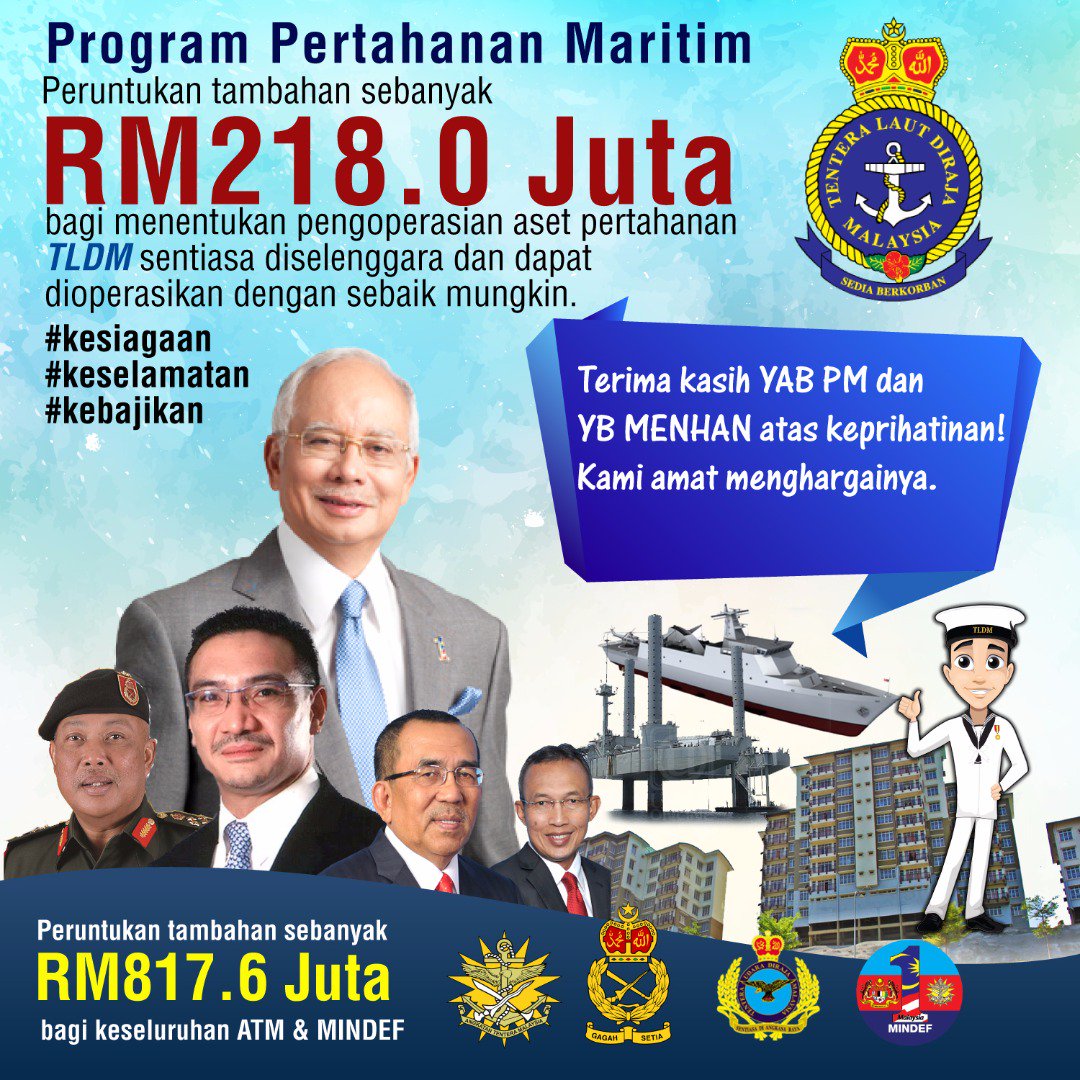
So far the Defence Ministry has not made any official announcement on the extra allocation, so there is no telling whether the extra money is for the operational or development expenditures. However, based on the annual budget we can assume most of the extra money is for operational expenditures.

Both RMAF and RMN graphics stated that the money was meant to ensure the readiness of assets which meant the bulk of it are likely to pay for spares, assets, parts and services. The RMN graphic even included a Kedah class, the Tun Azizan platform and quarters which may indicate the main thrust of the extra money. It is also likely that the some of the money will be used to pay for repairs of KD Jebat which caught fire late last May.
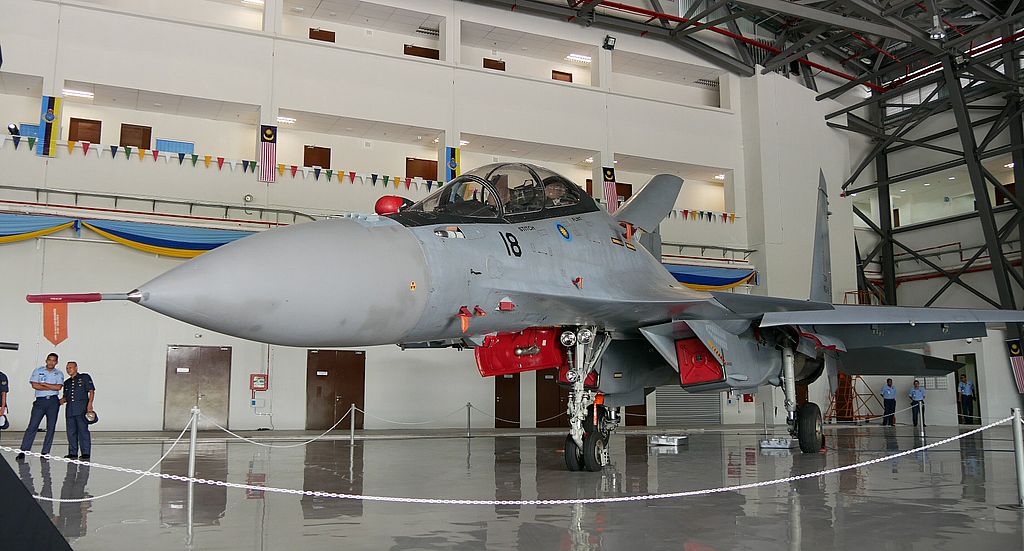
As for the RMAF, it is likely the bulk of the allocation will be used to pay for the Sukhoi’s 10 years scheduled maintenance program, which started late last year. The program is expected to be carried out for the next three years.
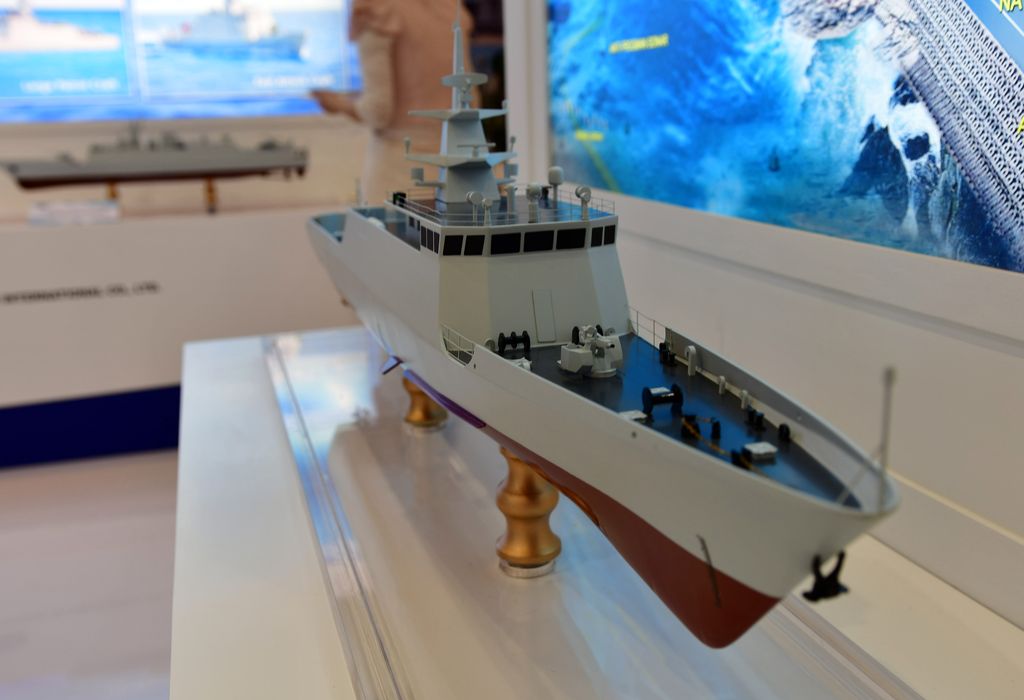
My sources also indicated that the extra allocation is mostly for projects already committed whether it’s under OE or DE. One of them is the RMN’s LMS. The first ship I am told is expected to be started once the company, CSIC got the export approvals from the China government.
— Malaysian Defence
If you like this post, buy me an espresso. Paypal Payment


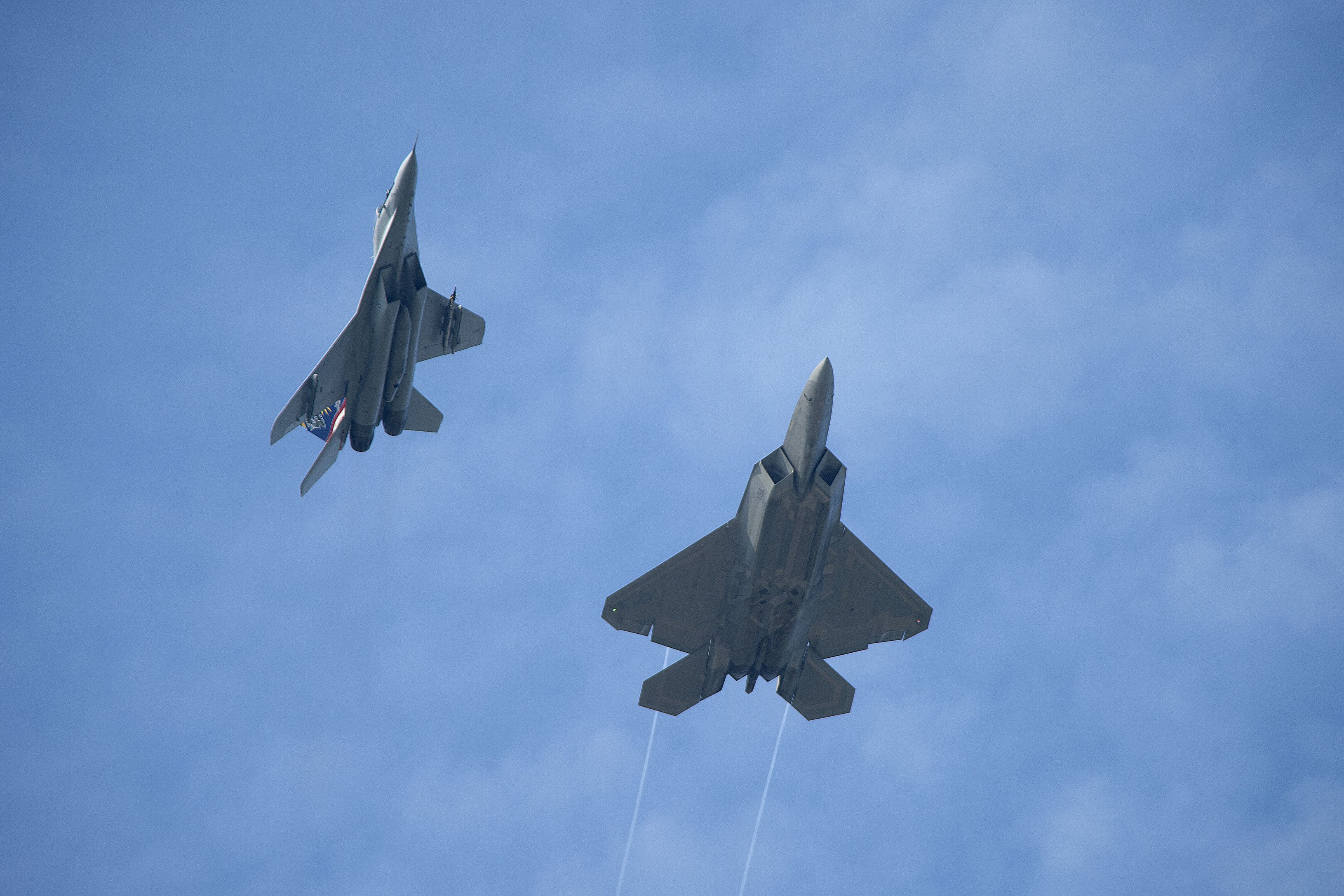
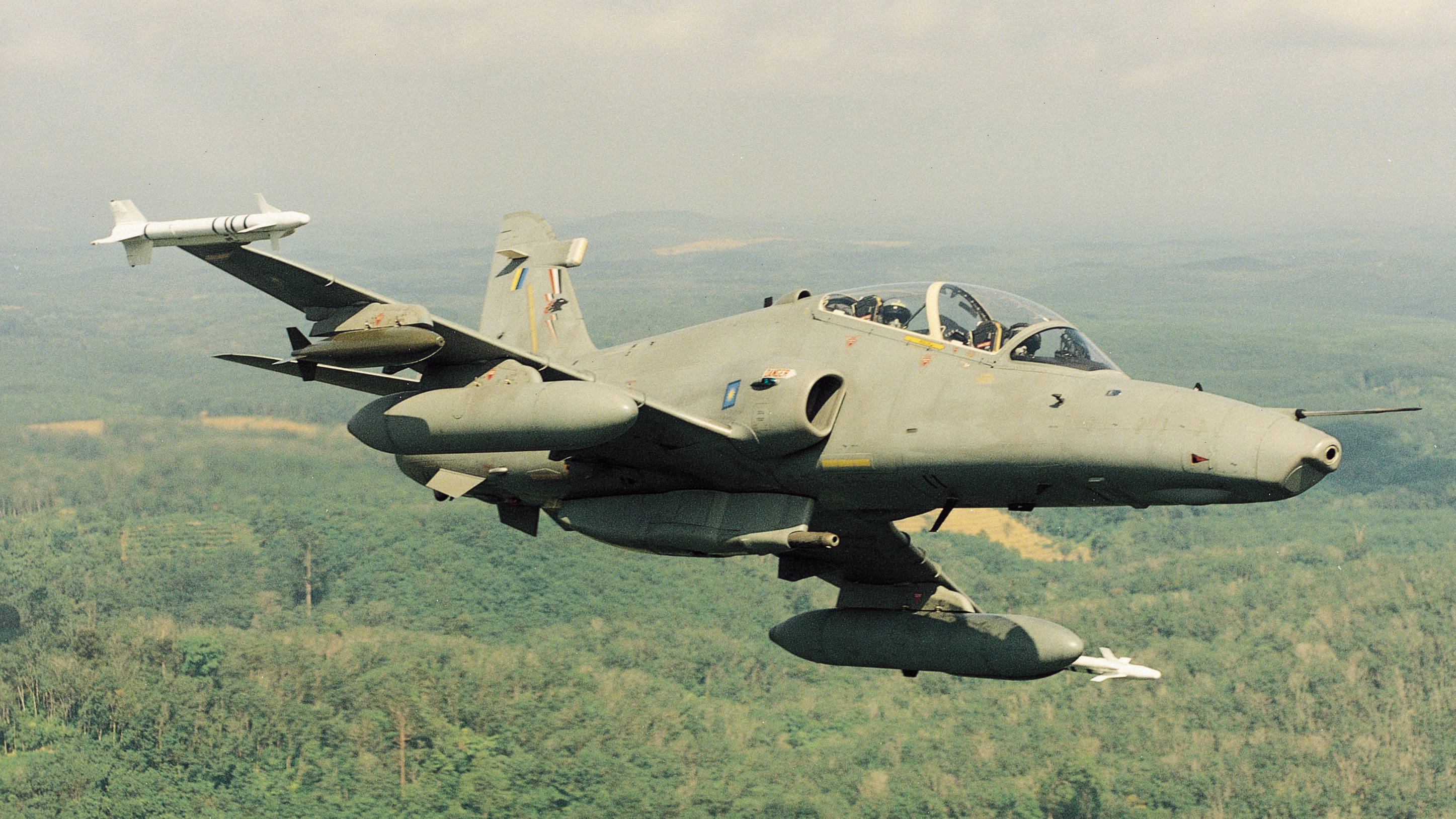
firstly, who even think that RM15b is enough for defence?
Reply
Well for starters the government as they were the one which allocated the money in the first place. Anyhow, how much is enough?
Nicely put Marhalim.
Maybe someone can define what constitutes ”enough”…. Especially given that we are not in a state of tensions with anyone and that the economy isn’t doing that great.
Major military acquisition always come from 5 year plan la. this 15b is usually for overheads,spares and wages
Off topic
New JF-17 for our Asean neighbour
https://pbs.twimg.com/media/DCHxcGvXUAAz_zN.jpg
Another pic of the JF-17
https://uploads.disquscdn.com/images/f80b4ba9f48877137f6576e8023917dca29784d4e097a8bec5040c572cd6adb8.jpg
More info on the JF-17
It is said that the contract is for 16 aircrafts at just usd 16 million each. That must be the cheapest brand new supersonic fighter aircraft for sale right now.
With extra allocation maybe the army can finally bring home the paladin?
Ideal ATM budget is about RM 25bilion , RM15b for Managment, Rm10b for Development (procurement)
Effectively means RMN secured additional procurement funding for LMS; since RMN took LMS money from OE, and this additional funding tops up OE to more/less similar amount.
Slightly unrelated, can anybody actually list out the ongoing procurement projects for MAF? I only know of the major projects: Army, AV8 + MD530G; Navy, Gowind + LMS; Air Force, A400… what else is ongoing/locked-in?
Reply
Your list is correct apart from the A400M. There is on going procurement of trucks, uniforms and other small items for the services and quite hard to track as it is less sexy and therefore less publicity. Technically, the MPA procurement is on going…
One area of modernisation or upgrading of the MAF which will receive little publicity or interest is ongoing efforts to ”network” the 3 services. This is actually of far more importance than the sexy hardware that usually garners most of the attention from the public and defence enthusiasts – apart from Marhalim no other Malaysian defence blog/forum has touched on the issue.
Much has been said about the LMS possibly not having the capabilities of the ships they are replacing. That’s a valid concern.
Another concern is the LMS are going to replace the MCMVs under 15-5. Since the ships can only be in one place at a time, we won’t have enough hulls for the anti mine missions and all the other missions that the “multi role” LMS is tasked to handle. The idea works only in peacetime.
Ah yes, I forgot the last A400M has been delivered.
@AM,
Hopefully we can get enough LMS hulls to match previous capacity, but then MCM work is not really our primary concern right now is it, other than to sweep secure submarine areas? Actually we might be able to take advantage of the modularity of containerised MCM systems; park the equipment ashore and we’ll have more boats for EEZ/antipiracy work.
Chua – ” but then MCM work is not really our primary concern right now is it, other than to sweep secure submarine areas?’
No. The main worry is the use of mines in choke points or in areas that will block access to ports or international shipping lanes. That was/is our main concern and why e forked out a huge sum for the Lericis which was way ahead of anything operated in the region then.
Chua – ”Actually we might be able to take advantage of the modularity of containerised MCM systems”
AM – ”Since the ships can only be in one place at a time, we won’t have enough hulls for the anti mine missions and all the other missions that the “multi role” LMS is tasked to handle.”
Pros and cons. The question is whether MCM modules fitted on a jack of all trades vessel manned by a crew which performs several roles can offer the same capability as a purpose built MCMV manned by a crew whose core speciality is MCM. Some navies think so but some don’t and are still keeping their MCMVs and getting new ones. Someone I asked – a former Mahamiru CO – was doubtful we can have the same capability with MCM modules.
His opinion is that we can’t have the same capability as crews need constant practice but will have to accept the penalty as we have no plans to get more MCMVs.
On the modules, yes they offer cost savings and flexibility no doubt here but the key is that the right module has to be fitted on the ship at the right time : a ship fitted out for ASuW will be useless if confronted with mines and vice versa. The Danes are know for their StanFlex modular system but in actuality they hardly switched modules.
Azlan “The question is whether MCM modules fitted on a jack of all trades vessel manned by a crew which performs several roles can offer the same capability as a purpose built MCMV manned by a crew whose core speciality is MCM. ”
It is not “a crew” but rather two crews- a core crew (with command, weapons and engineering elements and so on) that is always aboard the ship and a mission crew that only joins the ship when their respective module, such as the MCM module, is on board. Which means the mission crew and core crew have less chance to build coordination with each other than on a specialised vessel.
When the USN LCS was conceptualized, the idea was to have the modules rapidly swapped as needed. The modules and crews would be airlifted as necessary around the world to join LCS at the nearest port. The idea was to be more responsive to demand (and cheaper) than using specialised hulls. In practice, crew competency suffered and swapping the modules took longer than expected.
I’m not even sure how much money we can save. We aren’t sending ships and modules around the globe. And the LMS costs more than the MCMV because it is a larger and more costly ship.
@Azlan
Good points about pros+cons of modularity. Yeah agreed modularity is currently mainly about ease of construction. But what I meant was, do the Lericis (great boats BTW) see much use in the MCM role? Are our ports etc really swept regularly, and is that capability more important than improving our antipiracy coverage?
@AM
What, really? What’s the going rate? and what’s the current best proven MCMV? I can only think of the UK Sandowns, and those aren’t cheaper than our made-in-china $50m Durjoy-LMSs right? Of course, I don’t know how much MCM equipment costs… probably a lot.
Chua,
Despite the fact that they spend lots of time – like all MCMVs elsewhere – doing other things, the Mahamirus still have to maintain currency. During regular patrols COs will decide when to do a wire sweep or deploy ROVs for practice. Similarly, live fire exercises [with guns] is the CO’s prerogative. During an operational patrol he may suddenly decide his crew needs 40mm and 7.62mm practice : there is ammo allocated for that as well as ammo kept for emergencies. We tend to practice MCMs in open areas during patrols or exercises; not in ports – doesn’t mean we don’t take into account our ports can be mined.
As for capabilities in order of importance; the fact that we face an ever present clear threat from pirates/bandits/terrorists/kidnappers would mean that that’s our priority as oppose to the possibility of our waters being mined which at present is nil.
“Are our ports etc really swept regularly, and is that capability more important than improving our antipiracy coverage!”
Peacetime versus wartime roles. Four MCMVs is not a lot to have in wartime. Like in most navies anti mine capability is not a highly resourced field, relative to the simplicity and low cost of deploying mines in large numbers. Bear in mind also that areas will have to be swept as a matter of prudence, whether they were actually mined or not.
@Azlan, @AM
So. Hard call really huh. LMS + MCM equipment or dedicated MCMV. Adding on the latter would mean turning into a 15 to 6 program. Kacau dah that cute tagline.
AM – ”Bear in mind also that areas will have to be swept as a matter of prudence, whether they were actually mined or not.”
Depends on the threat environment but by and large unless there is intel or specific info to indicate that mines have been laid; MCMVs will not go around conducting sweeps. The sonars for example are only activated when they’re in a high risk area or there is firm intel to indicate the presence of mines.
AM – ”and a mission crew that only joins the ship when their respective module, such as the MCM module, is on board.”
In our context we are unlikely to have a MCM ”mission crew” specialising mainly or only in MCM ready to go to sea when the MCM modules they are trained on are added to a particular ship. Take the Mahamirus for example; no doubt they spend lots of time doing routine patrolling but they also maintain MCM currency. The reality is that the ”mission crew” will be a jack of all trades, trained for MCM and other roles. Given that MCM – like ASW – requires a lot of practice the question is whether that ”mission crew” will have the same level of capability/experience/skill sets compared to crews whose main function from Day One was MCM.
AM – ”I’m not even sure how much money we can save.”
The whole idea is to have flexibility and to try to have as many ships that can perform a variety of roles – modules allow for this – and have as little possible capability specific ships as possible.
The issue however is that not only must the right module be fitted at the right time but the right module must also be a the right place
when a ships needs it. It’s a plus and minus arrangement and many navies accept the trade off convinced that modules are the way to go.
We once placed great importance in MCM; the Mahamirus were way ahead of anything else operated in the region [during that period even the USN relied mostly on WW2 era minesweepers, placing more importance on helos]. Whether MCM takes a back place in order of priority in the RMN remains to be seen – I think it will. Some are convinced that MCM modules can do the job [albeit with penalties] and some navies still see the need for dedicated MCMVs.
Another area in which there is still doubt whether modules can do the job is survey work. Many will argue that purpose built survey ships can’t be replaced by adding survey modules on a particular ship; given that survey ships have various purpose built stuff added on from the onset. With MCM one can argue that we don’t need a purpose built hull anymore as robotics/ROVs enable hunting and sweeps to be conducted from a distance unlike a wire sweep equipped ship that has to get in close. Then again some navies still haven’t gone along the MCM module route and operate robotics/ROVs from MCMVs.
Chua – ” I don’t know how much MCM equipment costs… probably a lot.”
Traditionally MCMVs hulls cost a lot due to the construction and materials used. That’s what makes such ships expensive; the gear comes 2nd. MCMVs will also have thrusters – like the Mahamirus – for precise movement when within a mine field and MCMVs hulls also have to be ”quieter” than other hulls.
Chua – ”and what’s the current best proven MCMV?”
There are various types of MCMVs [all are capable], different countries have different approaches to what they want in their hulls; it’s the crew that makes the difference. The Germans will say their troika approach is the most effective. It also depends on the operational circumstances; as such it’s hard to really say ”what’s the current best proven MCMV”. A 50 year easily detected and visible old moored mine can be dealt with by a 40 year old minesweeper but a bottom laid mine in casing that’s hard to detect by passive sonar or a rocket assisted mine; will need a MCMV with a good ROV and high resolution sonar.
Traditionally, within NATO is was the RN and the Belgian Navy that were MCM specialists. Over the years Brit minesweepers did a great job in the Gulf. In the mid 1980’s the Libyans laid mines in the Red Sea. MCMVs from a number of countries did the job.
Chua – ”So. Hard call really huh. LMS + MCM equipment or dedicated MCMV. ”
The Mahamirus will probably be the last MCMVs we operate. The idea is to go for MCM modules. There is no intention at the moment to get new MCMVs but fo course things might change down the road. For that matter in a few years, under a different leadership the RMN might have good reasons to ditch the 5/15.
@Azlan – ditch the 15/5? Why? (Other than political reasons that is.)
I’m digesting the latest 15/5 announcement. Can shift discussion there if you like.
Chua,
The geo-political environment could change in the coming years, a future RMN Chief might decide the 5/15 is not what the RMN needs and the economy could get better or worse. I’m not saying the 5/15 will not be fully implemented just anything can happen in the future and that the RMN in the past had several plans that were not realised due to various factors.